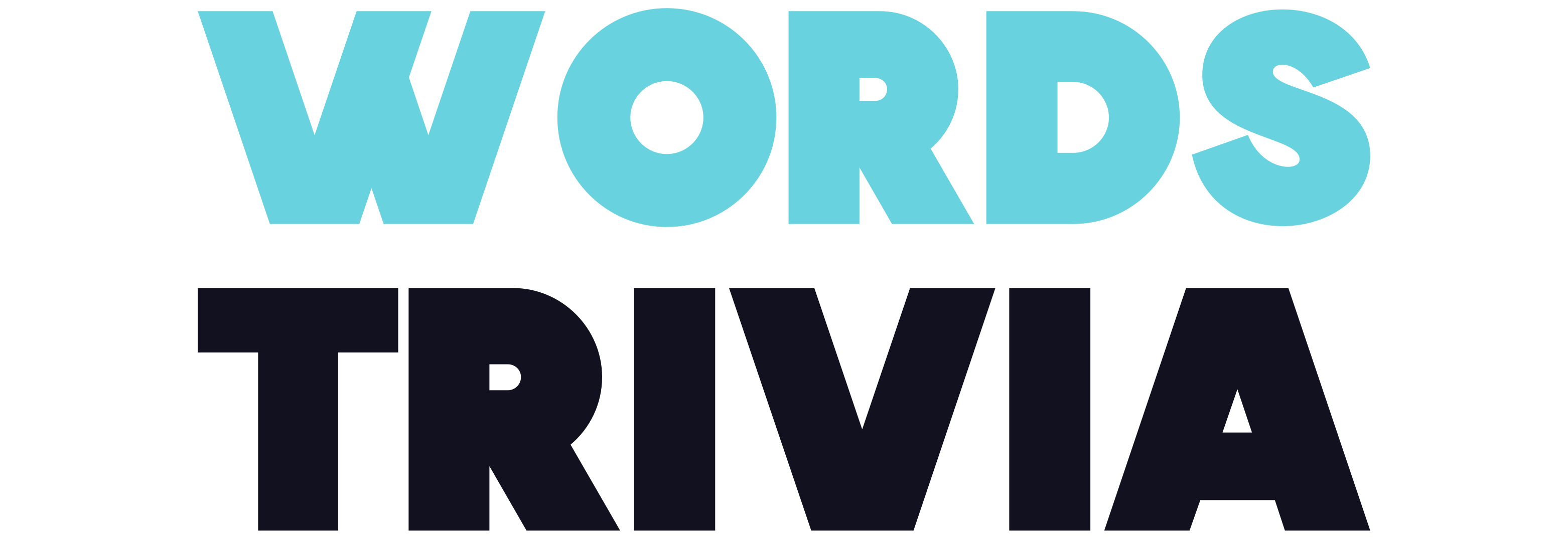Onomatopoeia, a term derived from the Greek language, refers to words that imitate or suggest the sound they describe. These words have the unique ability to bring sounds to life through language, allowing us to vividly imagine the noises they represent. From the gentle patter of raindrops to the thunderous roar of a lion, onomatopoeic words add depth and texture to our everyday conversations. In this blog post, we will delve into the captivating world of onomatopoeia, exploring its origins, examples, and the fascinating ways it enhances our language.
The Origins of Onomatopoeia
Onomatopoeia is not a recent invention. In fact, it has been used by various cultures throughout history. Ancient Greek playwrights, such as Aristophanes and Euripides, skillfully employed onomatopoeic words to enrich their theatrical performances. The use of onomatopoeia can also be found in traditional forms of Japanese poetry, such as haiku, where the sounds of nature are vividly captured through carefully chosen words.
Examples of Onomatopoeia
Onomatopoeic words can be found in various languages, and they often differ depending on cultural and linguistic nuances. Here are some examples of onomatopoeic words in English:
- Buzz: The sound of a bee hovering near a flower.
- Splash: The noise made when an object falls into water.
- Crash: The sound of a loud collision or impact.
- Sizzle: The hissing sound produced when food is cooked in hot oil.
- Whisper: The soft, hushed sound made while speaking quietly.
These examples barely scratch the surface of the vast array of onomatopoeic words that exist in the English language. From animal sounds to natural phenomena, onomatopoeia allows us to articulate and recreate the world of sound through words.
Onomatopoeia in Comics and Literature
Onomatopoeia plays a significant role in the realm of visual storytelling, particularly in comics and graphic novels. In these mediums, onomatopoeic words are often depicted in bold, stylized fonts to visually represent the sounds they describe. The iconic "POW!" and "BAM!" seen in classic comic book fight scenes are prime examples of how onomatopoeia enhances the visual experience and adds a dynamic element to the narrative.
Moreover, onomatopoeia is not limited to the realm of comics. Renowned authors such as Lewis Carroll and Roald Dahl have skillfully incorporated onomatopoeic words into their works to create vivid and immersive literary experiences. For instance, in Carroll's "Jabberwocky," nonsensical yet evocative onomatopoeic words like "snicker-snack" and "galumphing" transport readers into a whimsical and fantastical world.
Onomatopoeia Across Cultures
While onomatopoeic words often convey similar sounds across languages, they can vary significantly due to cultural and linguistic differences. For example, in English, a dog's bark is typically represented as "woof" or "arf." In contrast, in Japanese, it is often written as "wan-wan" or "bow-wow." These variations highlight how different languages and cultures interpret and express the same sound.
Furthermore, onomatopoeic words can differ within the same language, depending on regional dialects. The sound of a thunderstorm, for instance, may be described as "rumble" in one region and "boom" in another. These subtle variations reflect the diverse ways in which people perceive and interpret the sounds around them.
The Impact of Onomatopoeia on Language
Onomatopoeia not only adds a vividness to language but also serves practical purposes. It allows us to communicate sounds that may be difficult to describe in any other way. For instance, how else would you describe the sound of a clock ticking or a pencil scratching on paper? Onomatopoeia serves as a bridge between the world of sound and the world of words, enabling us to capture and share auditory experiences.
Moreover, onomatopoeia has the power to evoke emotions and create atmosphere. The sound of raindrops hitting a windowpane may evoke feelings of coziness and nostalgia, while the crackling sound of a fire can create a sense of warmth and comfort. By employing onomatopoeic words, writers can transport readers to specific moments and elicit a range of emotions.
The Future of Onomatopoeia
As language continues to evolve, so too does the world of onomatopoeia. With the rise of digital media and technology, new sounds emerge that require new words to describe them. From the chirping of a smartphone notification to the hum of an electric car, onomatopoeia adapts to encompass the sounds of the modern world.
In addition, the use of onomatopoeia extends beyond written language. In the realm of advertising and marketing, businesses leverage onomatopoeic words to create memorable slogans and jingles that resonate with consumers. These cleverly crafted words and sounds become synonymous with a brand, leaving a lasting impression in the minds of consumers.
Onomatopoeia is a fascinating aspect of language that allows us to bridge the gap between the audible and the written word. Through the use of words that imitate sounds, we can vividly capture and recreate the noises that surround us. From the pages of comics to the lines of poetry, onomatopoeia enhances our communication, evokes emotions, and enriches our linguistic experiences. So, the next time you hear a sound that captivates you, take a moment to appreciate the onomatopoeic words that bring it to life.
